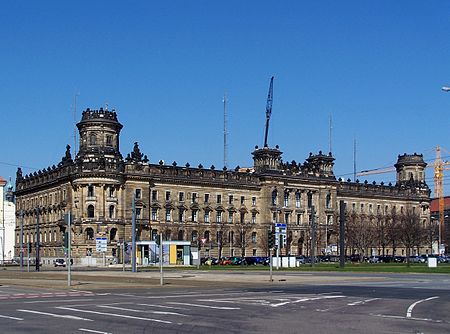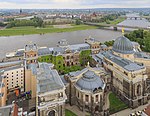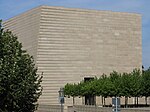Saxon Police History Collection
1894 establishments in GermanyGerman museum stubsLaw enforcement museums in GermanyMuseums in Dresden

The Saxon Police History Collection (German - Polizeihistorische Sammlung Sachsen) is a collection of objects on police history in Dresden, the capital of Saxony. It includes the surviving remnants of the Dresden Crime Museum (Dresdner Kriminalmuseums) which was seen as one of the world's main criminal-history collections in the period before 1945. It is housed in several rooms on the top floor of the Polizeipräsidium on Schießgasse at the heart of the old city.
Excerpt from the Wikipedia article Saxon Police History Collection (License: CC BY-SA 3.0, Authors, Images).Saxon Police History Collection
Schießgasse, Dresden Innere Altstadt (Altstadt)
Geographical coordinates (GPS) Address Phone number Website Nearby Places Show on map
Geographical coordinates (GPS)
| Latitude | Longitude |
|---|---|
| N 51.050694444444 ° | E 13.744027777778 ° |
Address
Polizeidirektion Dresden
Schießgasse 7
01067 Dresden, Innere Altstadt (Altstadt)
Saxony, Germany
Open on Google Maps









